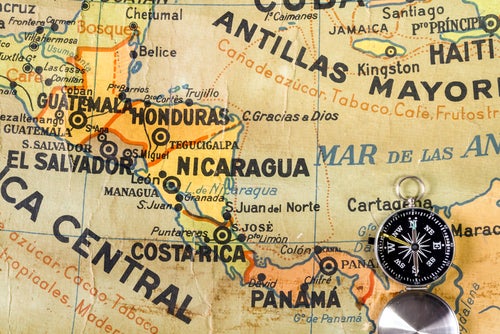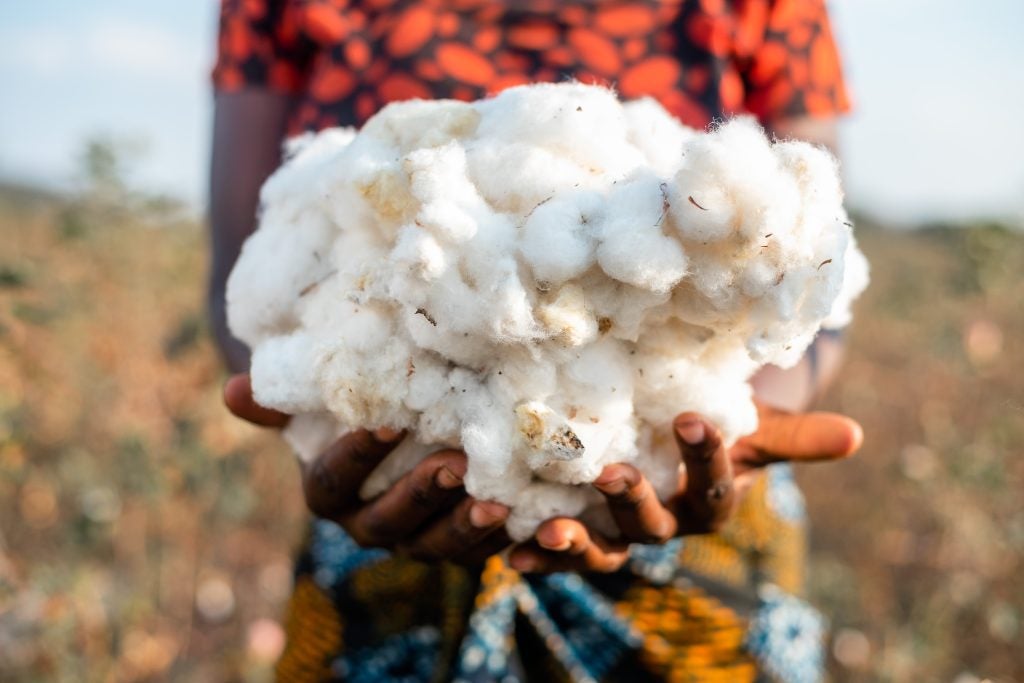
The apparel industry roundtable which was co-chaired by deputy United States trade representatives Sarah Bianchi and Jayme White, discussed future economic opportunities for the US and Central America.
The roundtable also included US apparel executives, and chief economic advisor to the vice president Michael Pyle and the focus was on the Northern Triangle countries of El Salvador, Guatemala, and Honduras.
How well do you really know your competitors?
Access the most comprehensive Company Profiles on the market, powered by GlobalData. Save hours of research. Gain competitive edge.

Thank you!
Your download email will arrive shortly
Not ready to buy yet? Download a free sample
We are confident about the unique quality of our Company Profiles. However, we want you to make the most beneficial decision for your business, so we offer a free sample that you can download by submitting the below form
By GlobalDataBianchi told attendees: “The Western Hemisphere supply chain for textiles and apparel is a core pillar of the partnership between the United States and the countries of the Dominican Republic-Central America-United States Free Trade Agreement (CAFTA-DR),”
She explained that the CAFTA-DR rules of origin provide the certainty needed by industry to invest and expand operations in a way that promotes economic opportunity for both US workers and those in the region.
She pointed out that maintaining certainty on the rules of origin and the short supply process in CAFTA-DR is critical to facilitating investments in the region by US and Central American textile producers.
She said: “Recent concerns about the unreliability of geographically-extended supply chains and the pervasiveness of forced labour make this a particularly opportune time for expanding production in the Western Hemisphere.”
White added that the Office of the United States Trade Representative appreciates the US textile industry’s strong commitment to the US and Central America.
She explained: “Sustainable investments by the US textile industry in Central America will strengthen our supply chain resilience, boost job opportunities for the US and our regional allies, and address environmental concerns, especially in light of the growing interest in onshoring and near-shoring of apparel and textile production.”
President and CEO of the National Council of Textile Organizations, Kim Glas said: “We greatly appreciate the Biden Administration’s strong commitment to grow good-paying jobs in the US and the region, in a way that strengthens this important sector.”
Glas explained that the US textile industry has invested over US$20bn dollars in the US and billions more in the hemisphere over the last decade to grow economic opportunities in the US and in the region.
She concluded that onshoring and nearshoring is essential and further investments will be announced soon.
“It’s an exciting time, and we deeply appreciate the Administration’s support to create economic opportunity in the US Northern Triangle and throughout the region.”
Trade with the CAFTA-DR region is said to support the US textile industry supply chain, which employed 530,000 workers in 2020, including jobs in the cotton farming and wool growing sectors, according to the National Council of Textile Organizations. In 2019, two-way trade in textiles and apparel between the US and the CAFTA-DR trading partners is said to have exceeded $12.5bn to $3.5bn in US exports to the region and $9bn in imports to the US.
The disruption caused by Covid-19 led to a decline of 25% in US-CAFTA-DR textile and apparel trade in 2020, however trade is rebounding in 2021, and it was up 45% year-to-date through August.
Under the CAFTA-DR “yarn-forward” rules of origin most inputs used in apparel and other finished textiles traded under the agreement must be produced in the US or CAFTA-DR countries for the finished goods to qualify for duty-free entry. The agreement also includes flexibilities allowing duty-free entry for specified apparel products that are cut and sewn in the free trade area from fabrics sourced outside of the region.
There is also a “short supply” mechanism that addresses fibres, yarns, and fabrics not commercially available in the region that can be used in apparel qualifying for duty-free treatment. There are currently 150 input products on the short supply list for CAFTA-DR.








